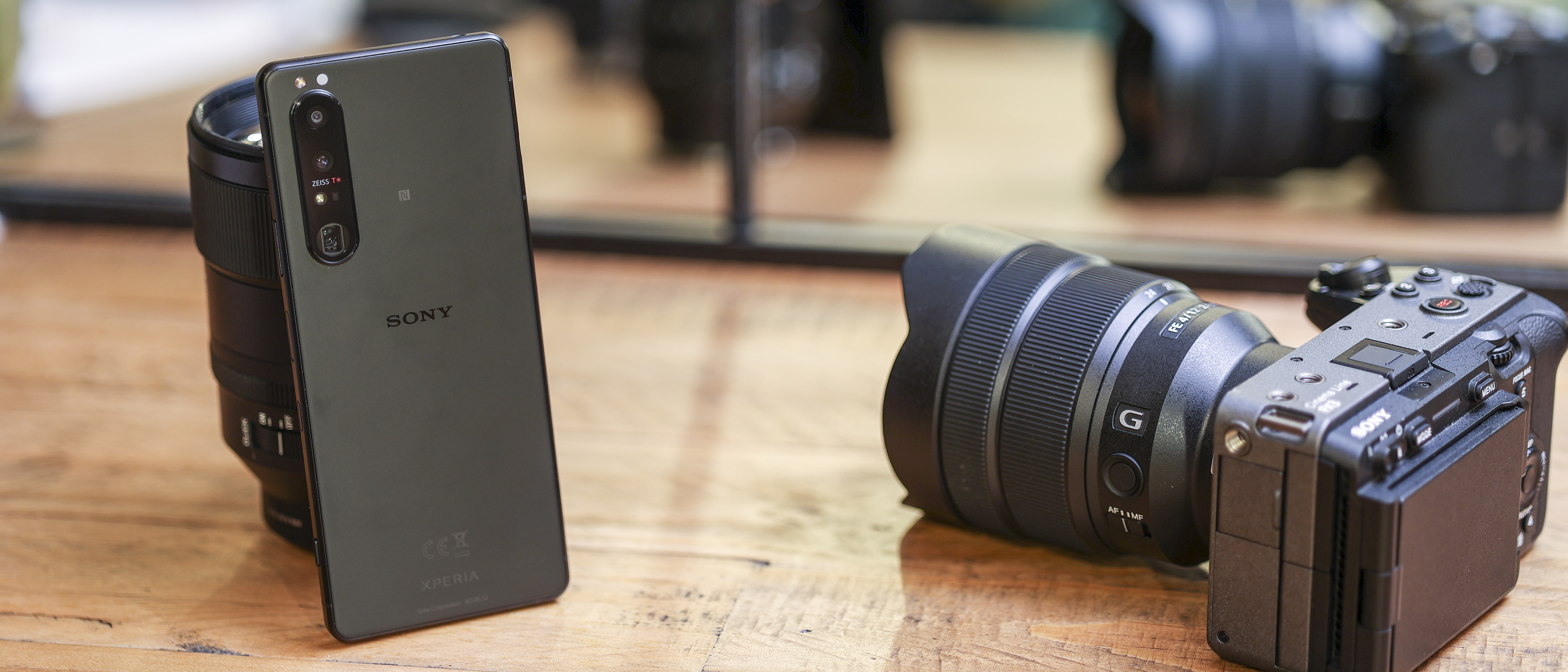Digital Camera World Verdict
A mighty photographer’s phone, a good video phone, and a beautifully put together multimedia powerhouse. While the Xperia 1 III could do with a brighter screen, and there are some video capture niggles it’s hard to overcome, Sony photography fans will appreciate all the Alpha elements that have made their way into the camera UI, and the phone’s natural image processing makes videos primed for editing. Not the best phone in the world, but easily the best Sony phone we’ve ever tested, and a promising glimpse into Sony’s smartphone future.
Pros
- +
Prosumer Sony camera UI
- +
Premium design and screen
- +
Plenty of power and storage
Cons
- -
Screen could be brighter
- -
Expensive
- -
Weaker zoom than competition
Why you can trust Digital Camera World
While Sony’s been riding high with its mirrorless cameras, as we get the Sony Xperia 1 III in for review, it’s worth recapping the brand’s last few years in mobile. With the introduction of the Xperia 1 series, the brand stretched out its screens to 21:9, and added its Cinema Pro video experience to its flagship smartphone, lifting elements from its film line of cameras.
The Xperia 1 II, there was a shift from videography to photography, with the welcome introduction of Sony’s Photo Pro camera UI. While it wasn’t the best camera phone we’d used, it delivered an across-the-board flagship experience, with realistic photos when compared to much of the competition.
A year on, and Sony isn’t just serious about software; it’s boosting its hardware, with the Xperia Pro 1 III featuring the most powerful telephoto camera to ever grace a Sony phone with its variable 2.9-4.4x equivalent optical zoom.
• See also Best Sony phones in 2021
The new Sony Xperia flagship is also loaded with top-shelf specs, including its 6.5 inch 4K OLED display, Snapdragon 888 internals and 256GB storage. It also boosts the battery over that of its predecessor, and features a healthy 12GB RAM as standard across all its variants. The eternal question, however, is — can Sony’s typically great hardware translate into a competition-beating experience?
Sony Xperia 1 III: Design
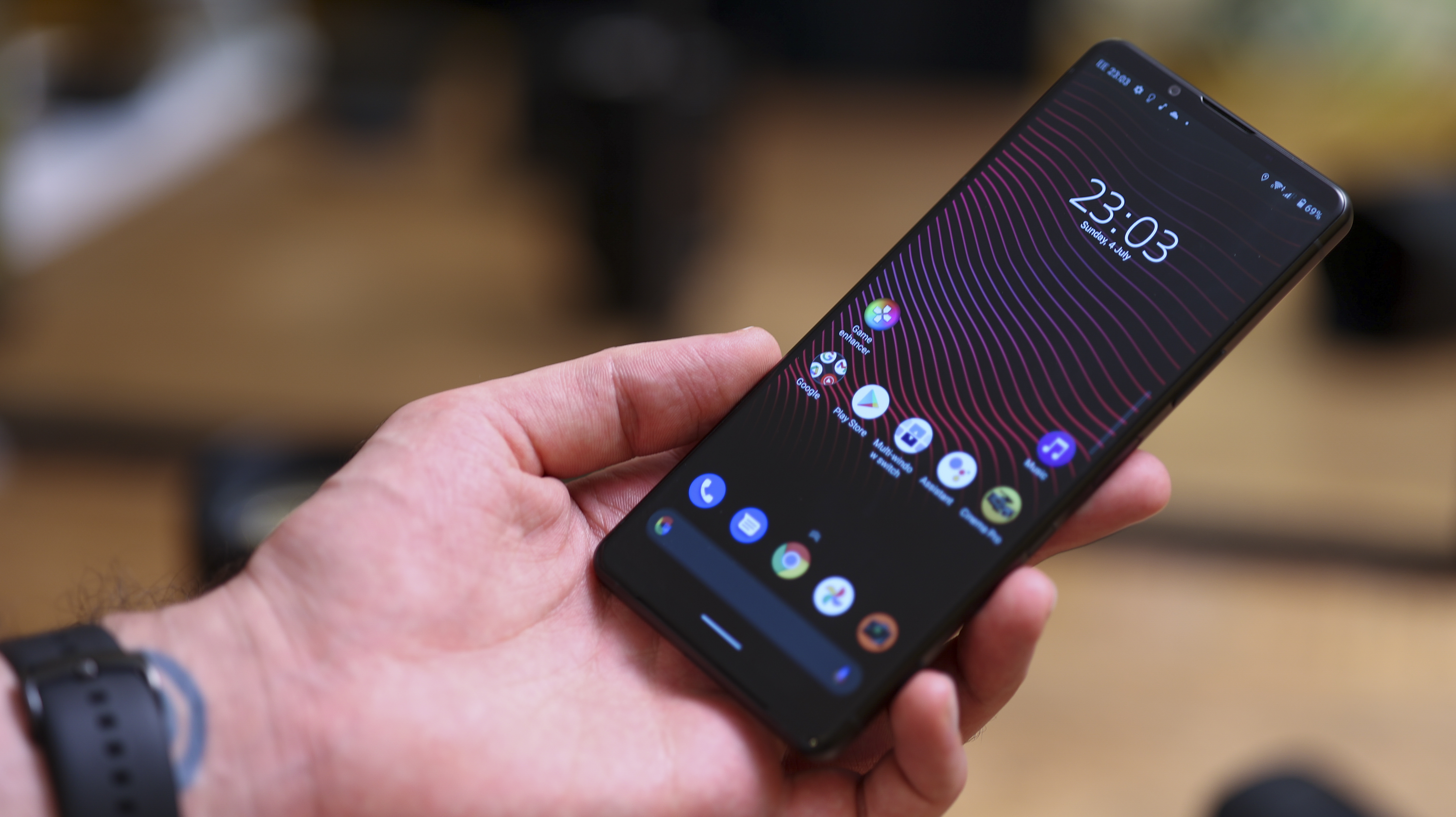
Two years after the Xperia 1 launched, we can finally confirm, Sony was indeed ahead of the curve. The 21:9 aspect ratio its phones shocked the world with in 2019 has been relatively normalized in the Android world two years later.
More of a design evolution of the Xperia 1 II than the original, Sony has balanced angular and smooth well this time around with the Xperia 1 III, with rounded corners, flat sides, a flat back and curvy chamfering. This all comes together to create a confident-looking phone, and a soft in-hand feel.
Measuring 8.2mm thin, there are more slender phones out there, but they don’t sport a headphone jack — the Xperia 1 III does. It also features a USB-C port at the base, and no less than four buttons on the right — a volume rocker, power button (which doubles up as a fingerprint scanner, a Google Assistant button, and a camera shutter release. Too much? At first, absolutely. We kept firing up Google every time we wanted to turn on the phone. Eventually though, we got used to the design. Still, if it was down to us, the Google key would have either got the chop, or been moved to the opposite side of the phone.
With a Gorilla Glass Victus front and a Gorilla Glass 6 back, matched with an aluminum frame and IP68 dust and water resistance, the phone is well protected; however, unlike many handsets from Chinese phone makers like OnePlus and Xiaomi, there is neither a case in the box or a pre-fitted screen protector.
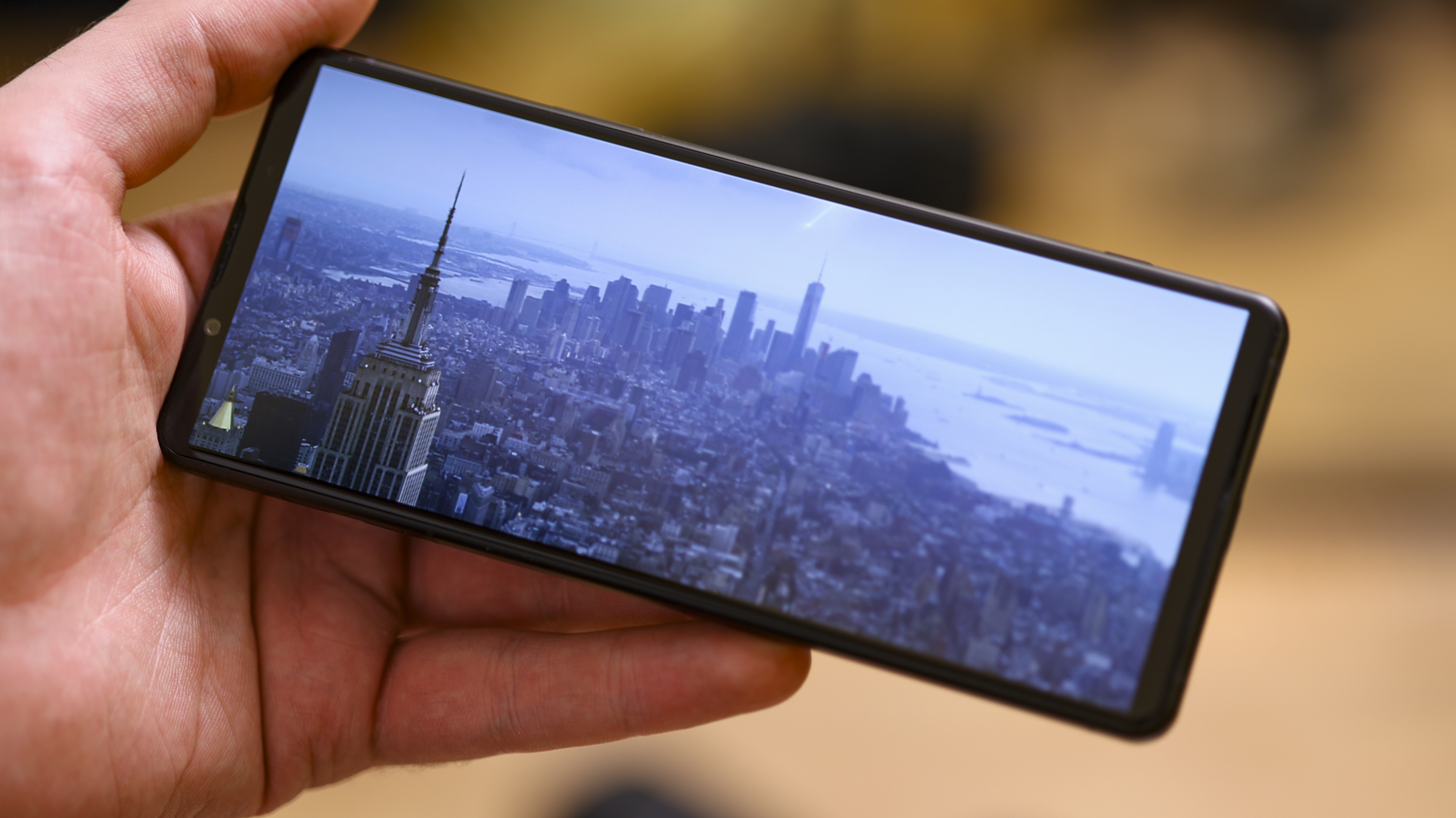
You can pick up the Xperia 1 III in a few colors, including Frosted Black, Frosted Gray and Frosted Purple, with all sporting a matte finish which is elegant, and fingerprint repellant.
Combining a 6.5 inches size and a 4K resolution (1644x3840), the tall, 21:9 Sony Xperia 1 III display is sharp, loaded up with a pixel density of 643 pixels in every inch of display.
You don’t need that kind of resolution on a phone, so much of the time the Xperia 1 III runs at 1096x2560, however, at no point were we not impressed with the display’s clarity.
The Xperia 1 III sports a 10-bit OLED panel, which has a refresh rate of up to 120Hz (though not when displaying 4K content). It’s also an HDR display, with support for the BT.2020 color space (in Creator Mode), as well as a number of viewing customization options, ranging from manual white balance settings to custom refresh rate.
The screen’s quality is undeniable, and the phone features a cooler default color profile than competition from Samsung, which we actually prefer indoors. Whether gaming on it, or simply enjoying video content, we have no complaints 70 percent of the time. That said, using it out in the bright sunlight during a heatwave wasn’t always the easiest given its modest max brightness, putting it behind some other top-tier OLEDs we’ve used like the Galaxy Note 20 Ultra 5G.
Sony Xperia 1 III: Cameras
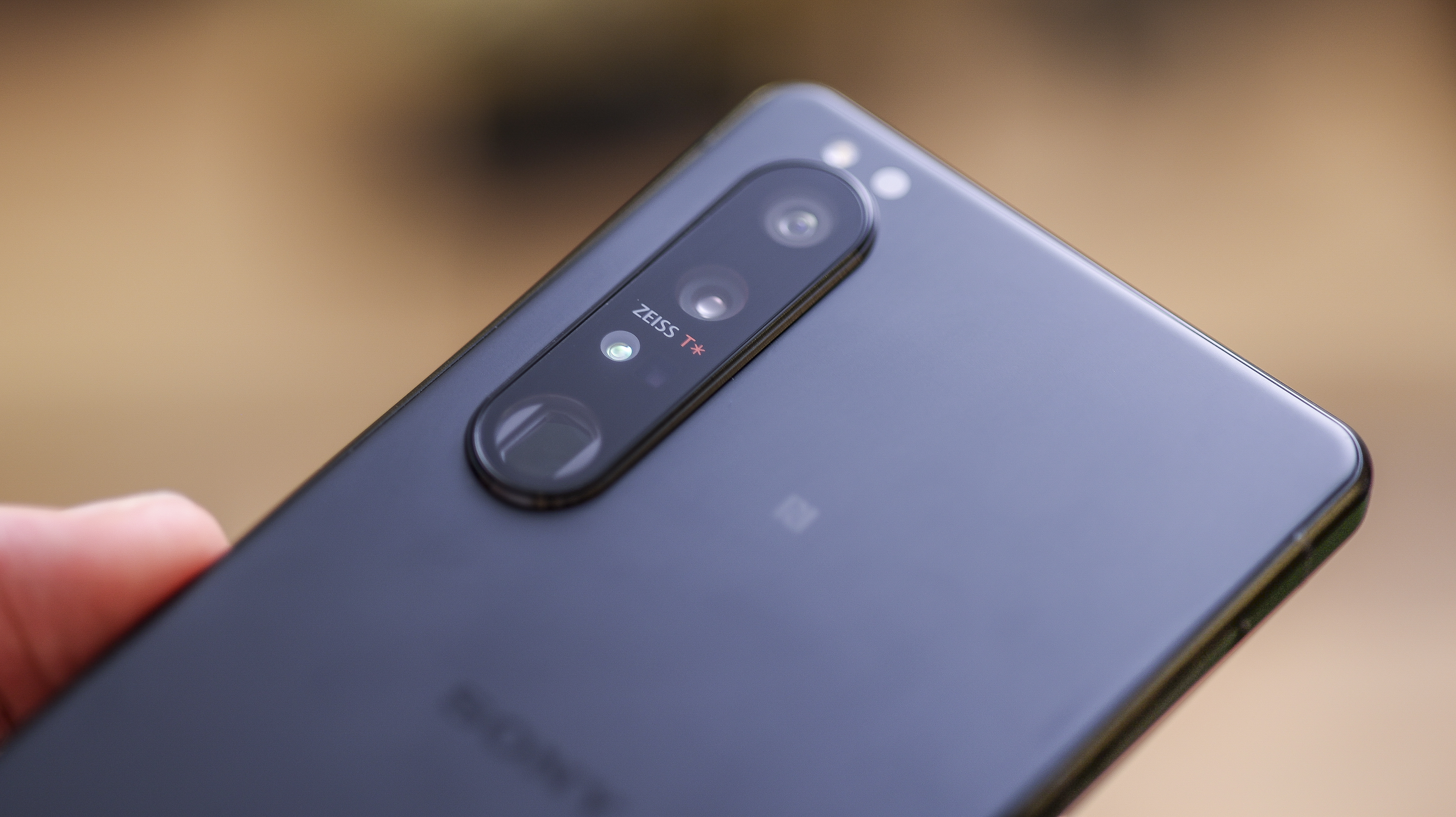
While Sony hasn’t partnered with Zeiss when it comes to photo tuning — so Vivo still has the exclusive there with its X60 Pro, the Xperia 1 III does feature Zeiss optics, with a T* lens coating. The phone also sports an LED flash, eye-tracking, and video capture at up to 4K resolution at 120fps.
The Sony Xperia 1 III’s main camera module features a 12MP sensor matched with an f/1.7, 24mm lens. The phone features the same 1/1.7-inch sensor size as the Xperia 1 II, and in turn, the same, 1.8µm pixels. With Dual Pixel PDAF and OIS, it’s nevertheless ticking all the key flagship boxes.
With one 12 MP periscope zoom camera delivering two focal lengths, the Xperia 1 III is Sony’s first camera phone to truly push the boundaries of smartphone photography in years. At 70mm equivalent, the phone’s first zoom range starts with an f/2.3 aperture, while at 105mm equivalent, the aperture climbs to f/2.8. What doesn’t change is the 1/2.9-inch sensor, Dual Pixel PDAF and OIS.
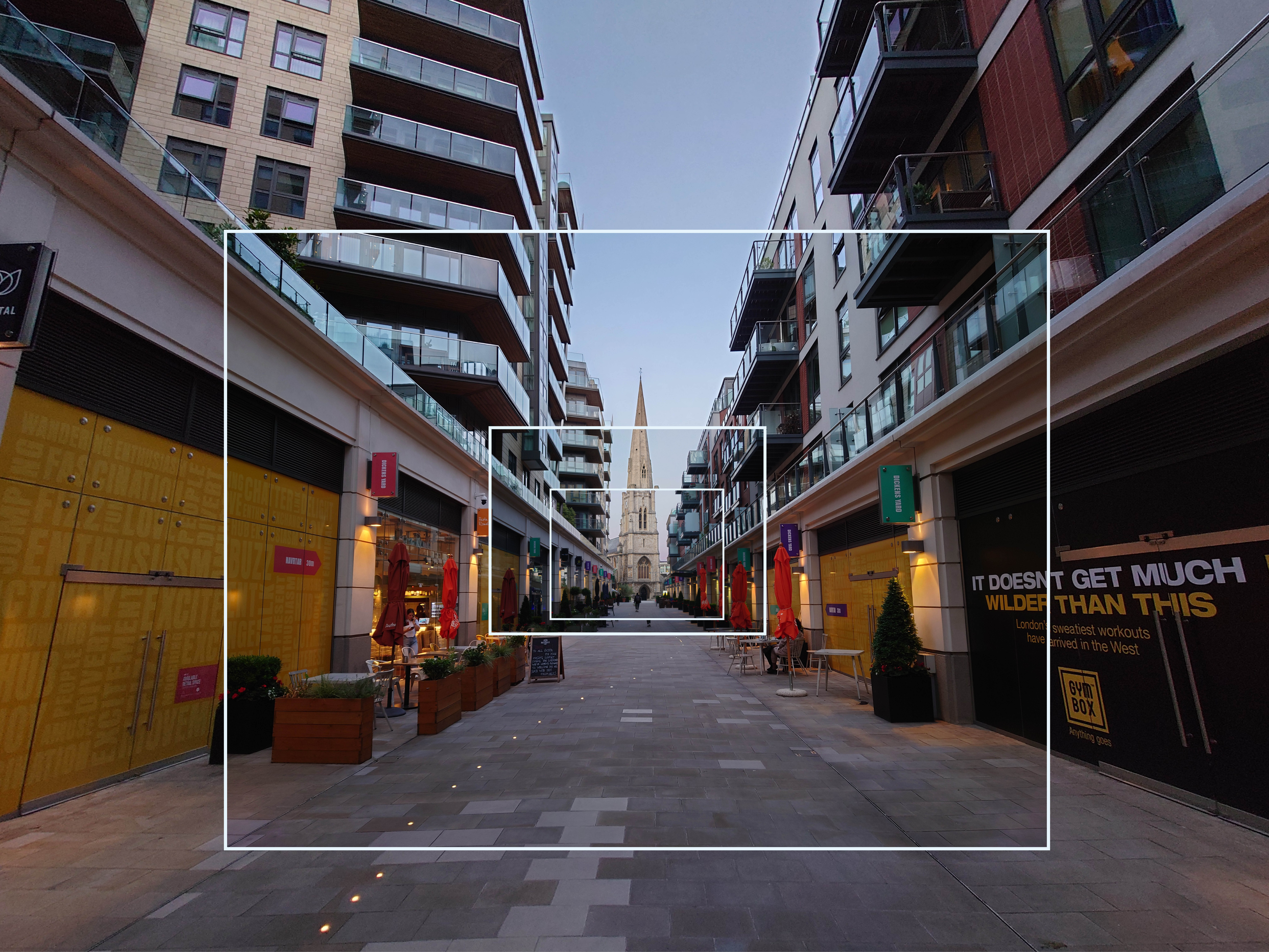
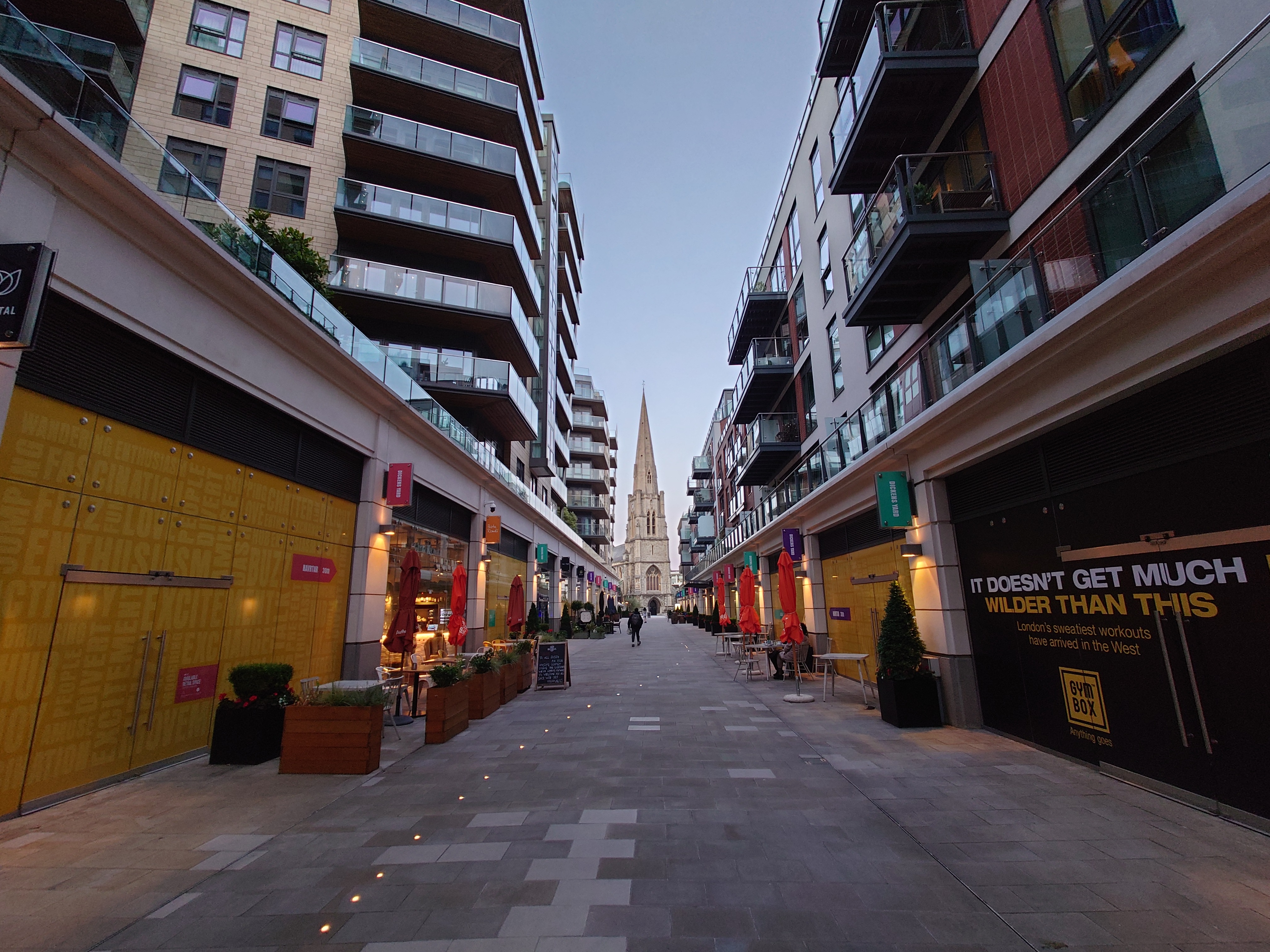
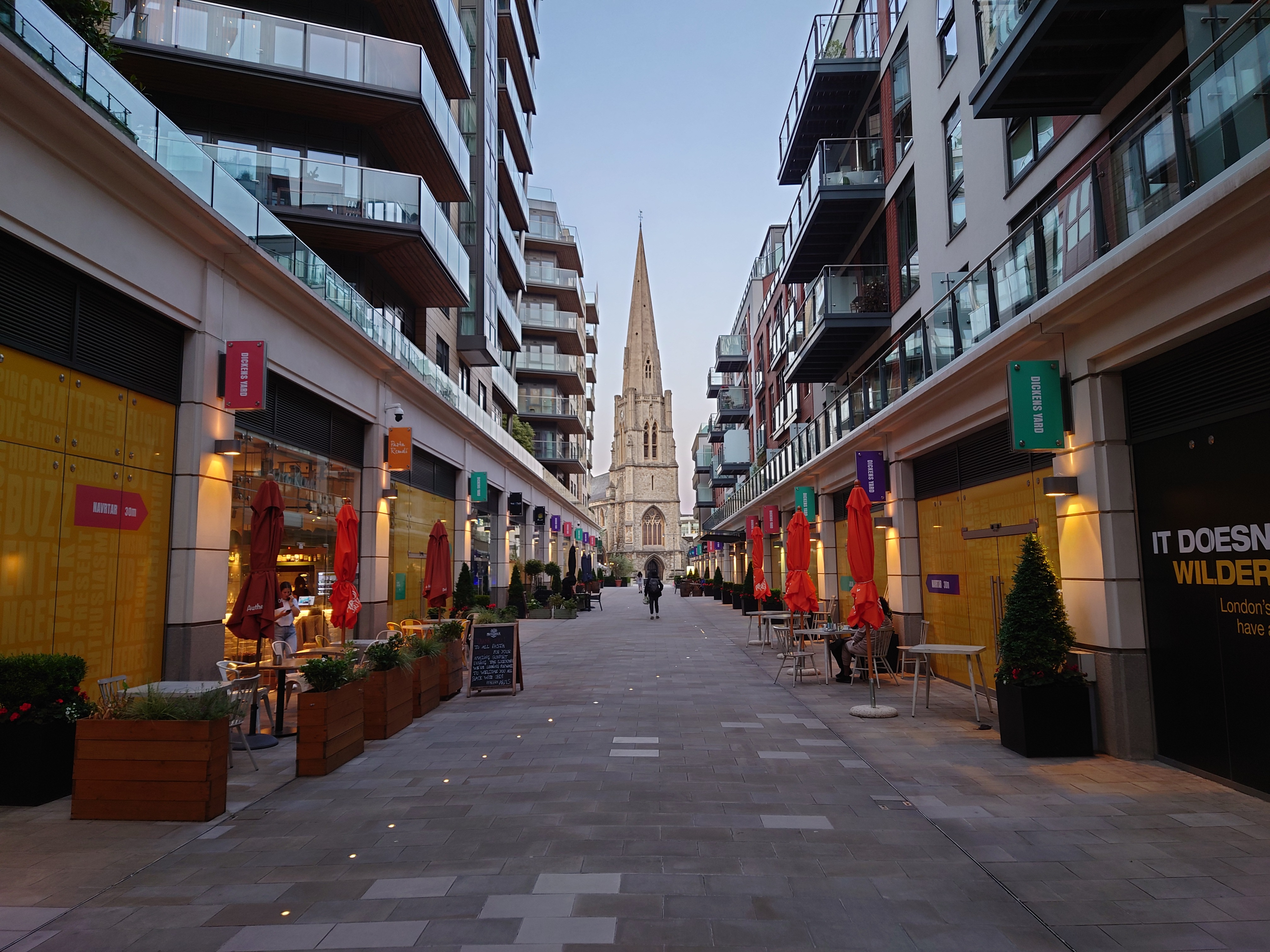
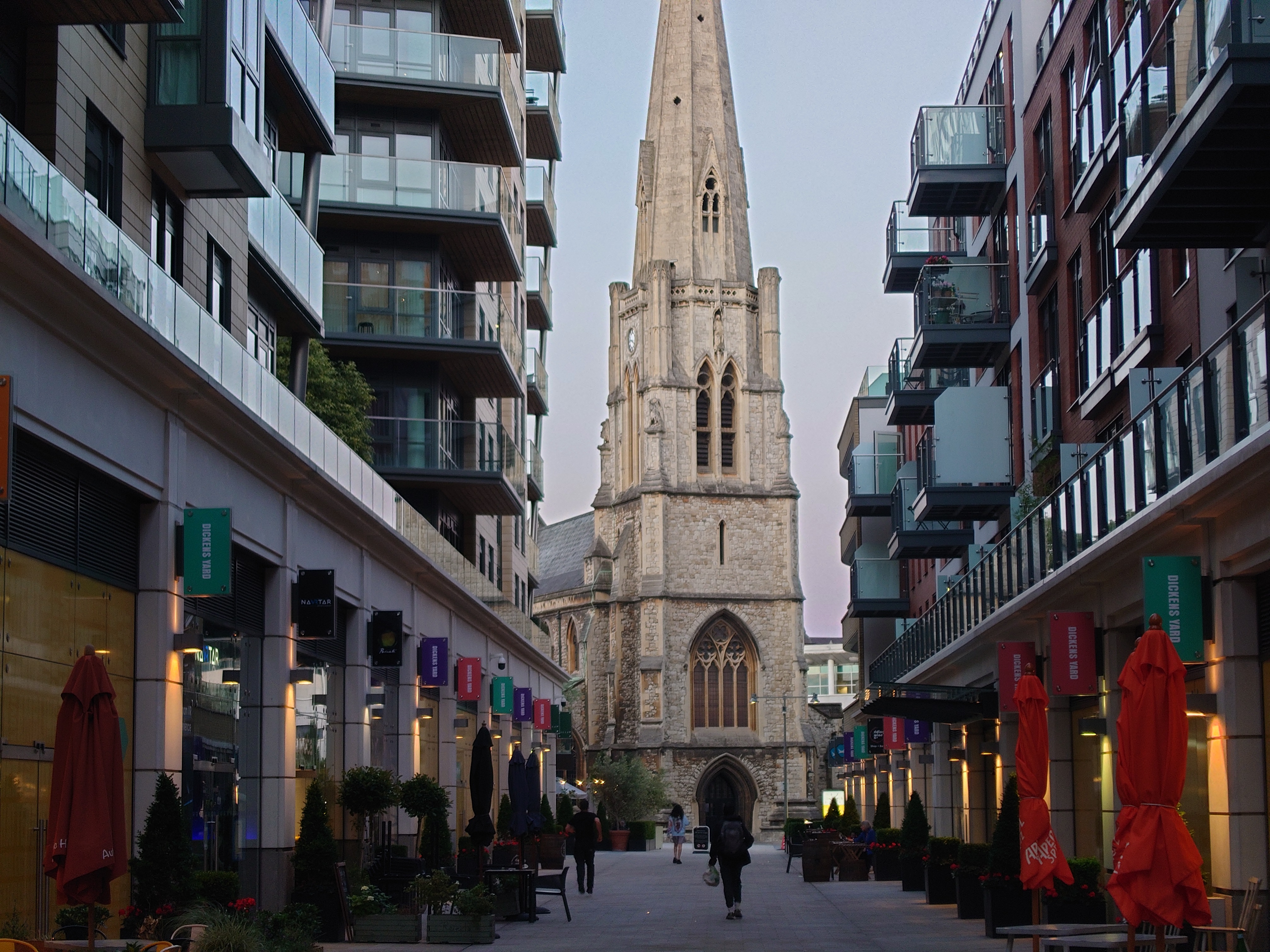
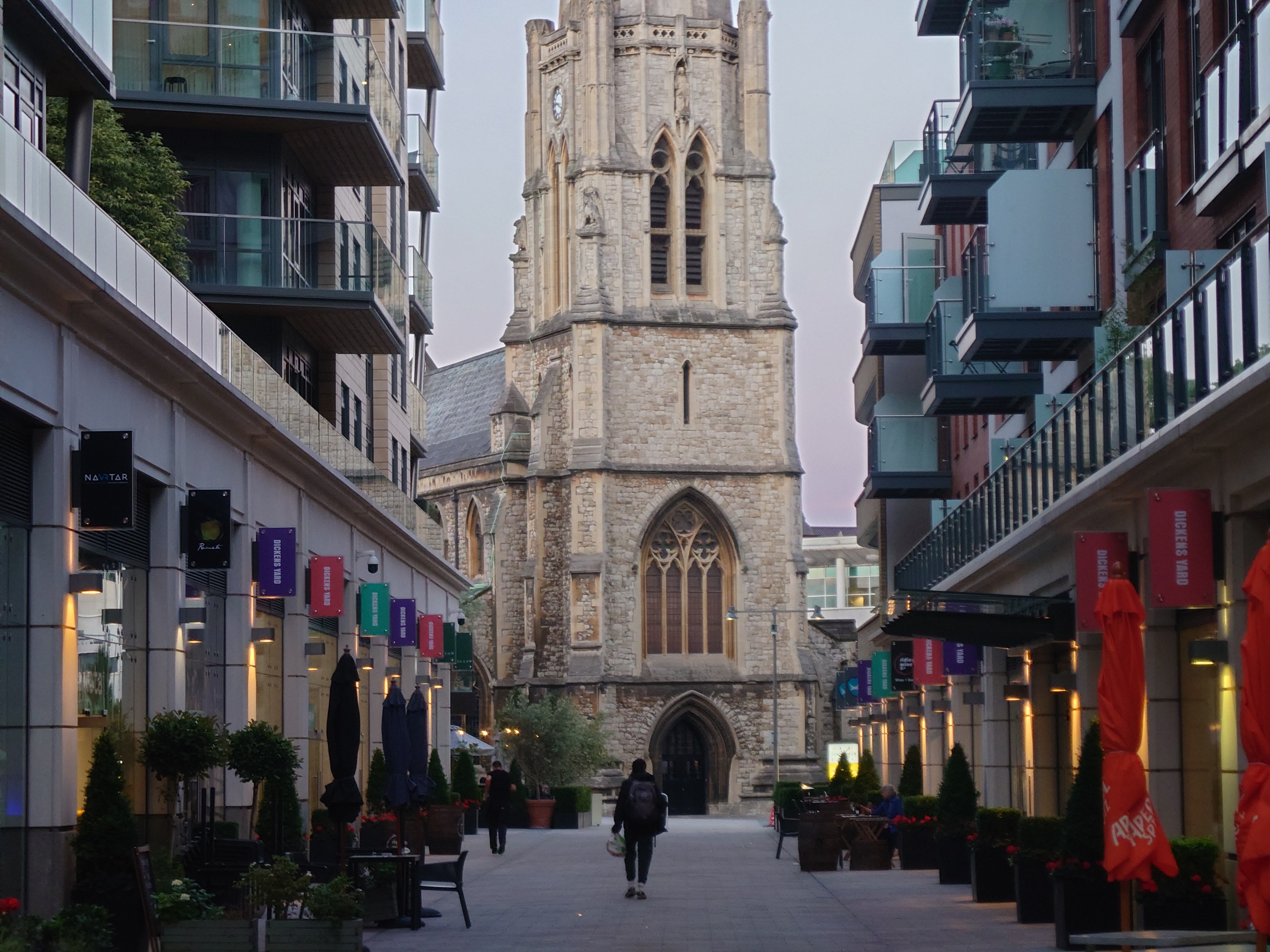
As for the phone’s ultrawide camera, it’s also a native 12MP resolution sensor, however features an f/2.2 aperture with a 124˚ field of view, which works out to a 16mm equivalent focal length. The 1/2.6-inch sensor is matched with Dual Pixel PDAF. Finally, the phone features a 0.3MP TOF 3D depth sensor.
Sony once again opts for an 8MP front camera with no 4K video capture — just traditional 1080p. That said, the phone’s shooting modes are plentiful.
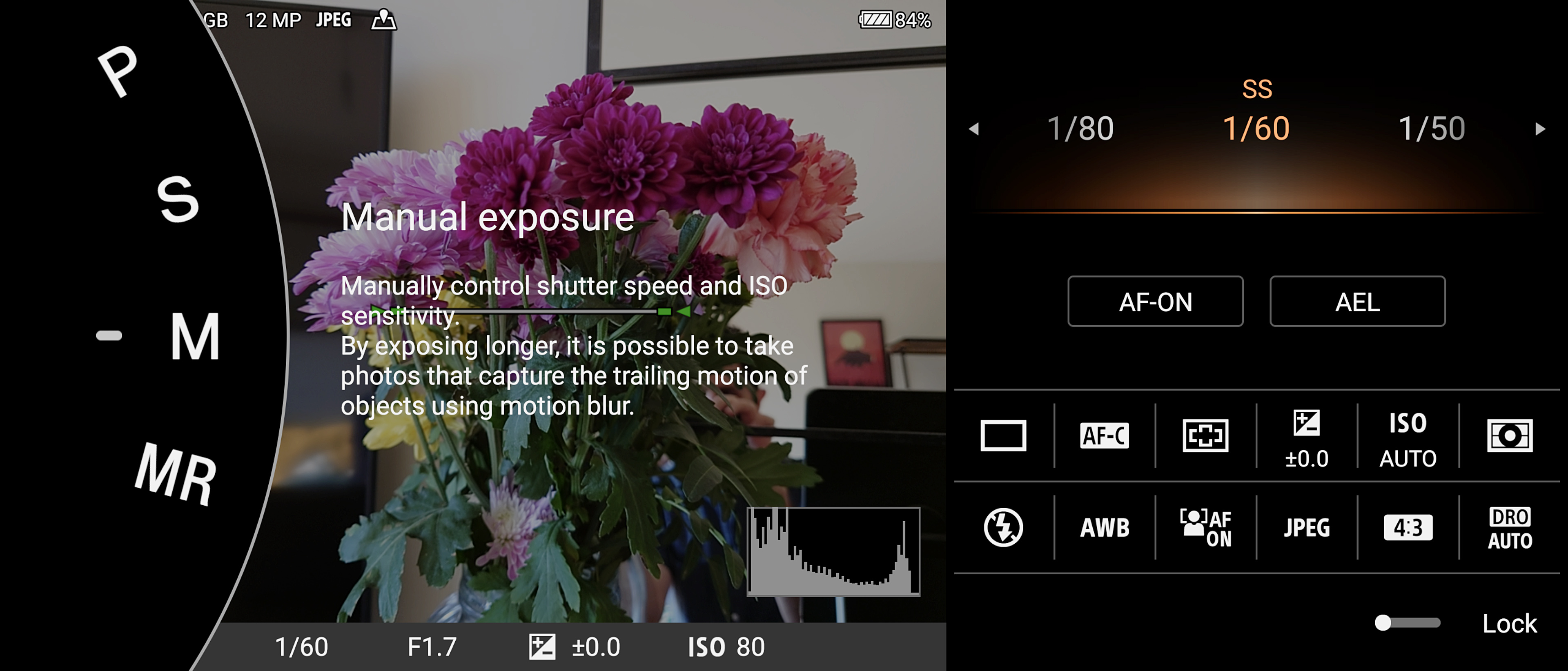
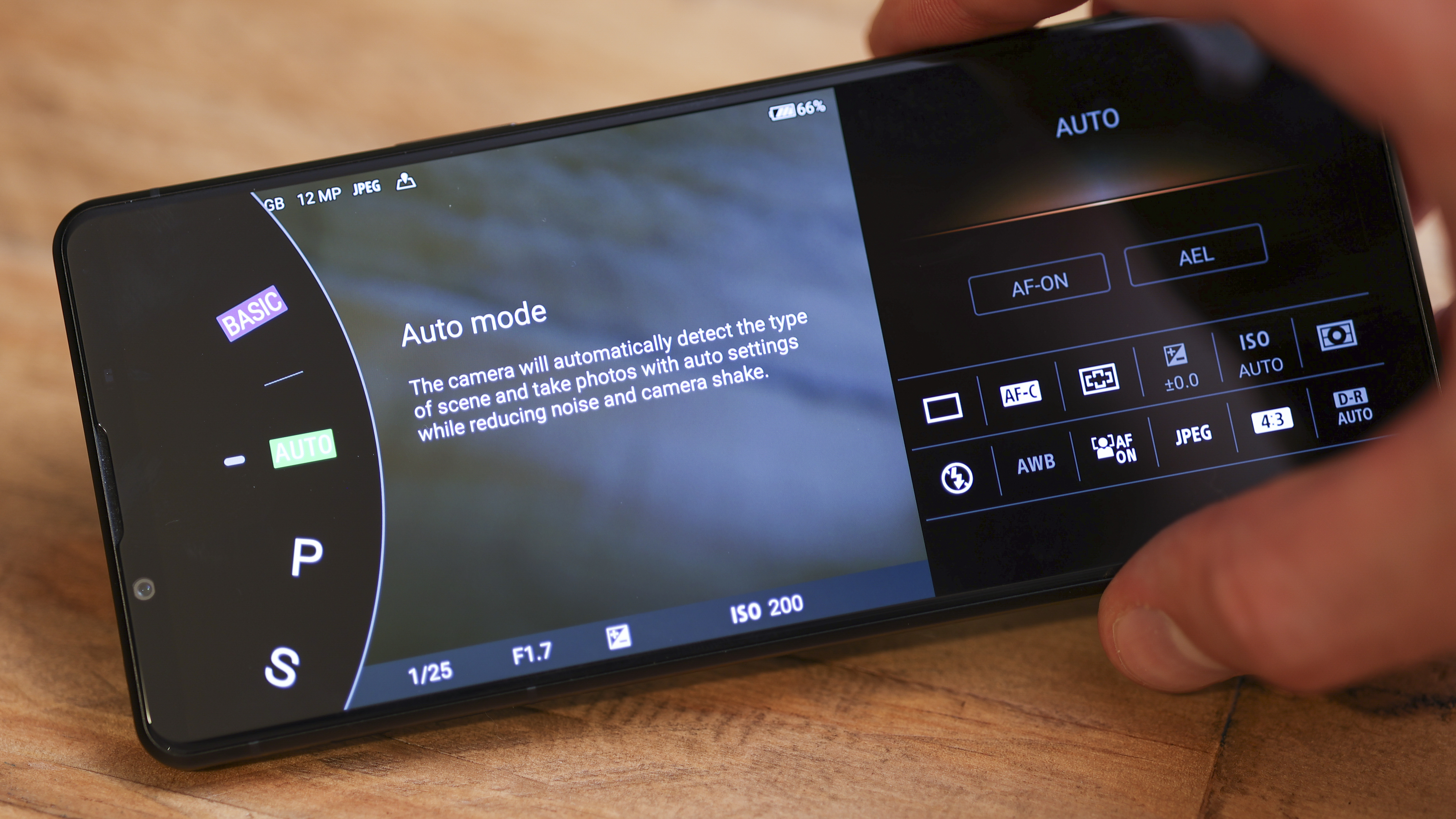
The default camera UI is Sony’s Photo Pro camera app on the Xperia 1 II, with an added Basic mode. It might be a bit complicated for some, but it defaults into the new Basic mode, which makes all the decisions for you, and even automatically scans QR codes. Auto mode gives the interface a Sony Alpha makeover, and removes the on-screen shutter button in favor of the physical shutter release. The phone also carries forward Sony’s Programme auto, Shutter priority and Aperture priority from Sony camera lines, as well as manual exposure and a memory recall mode, for saved settings.
We love spending time with the Xperia 1 III’s photography and video modes. They’re complicated, and give enthusiasts maximum scope to harness the cameras around the back — huge potential for anyone who begrudges limited manual controls on some other phones and loves playing with stylized photography. That said, it’s far from the simplest imaging experience, and so if you’re reading this and are already starting to feel overwhelmed, the overwhelm will likely carry over to your time with the phone.
Camera performance
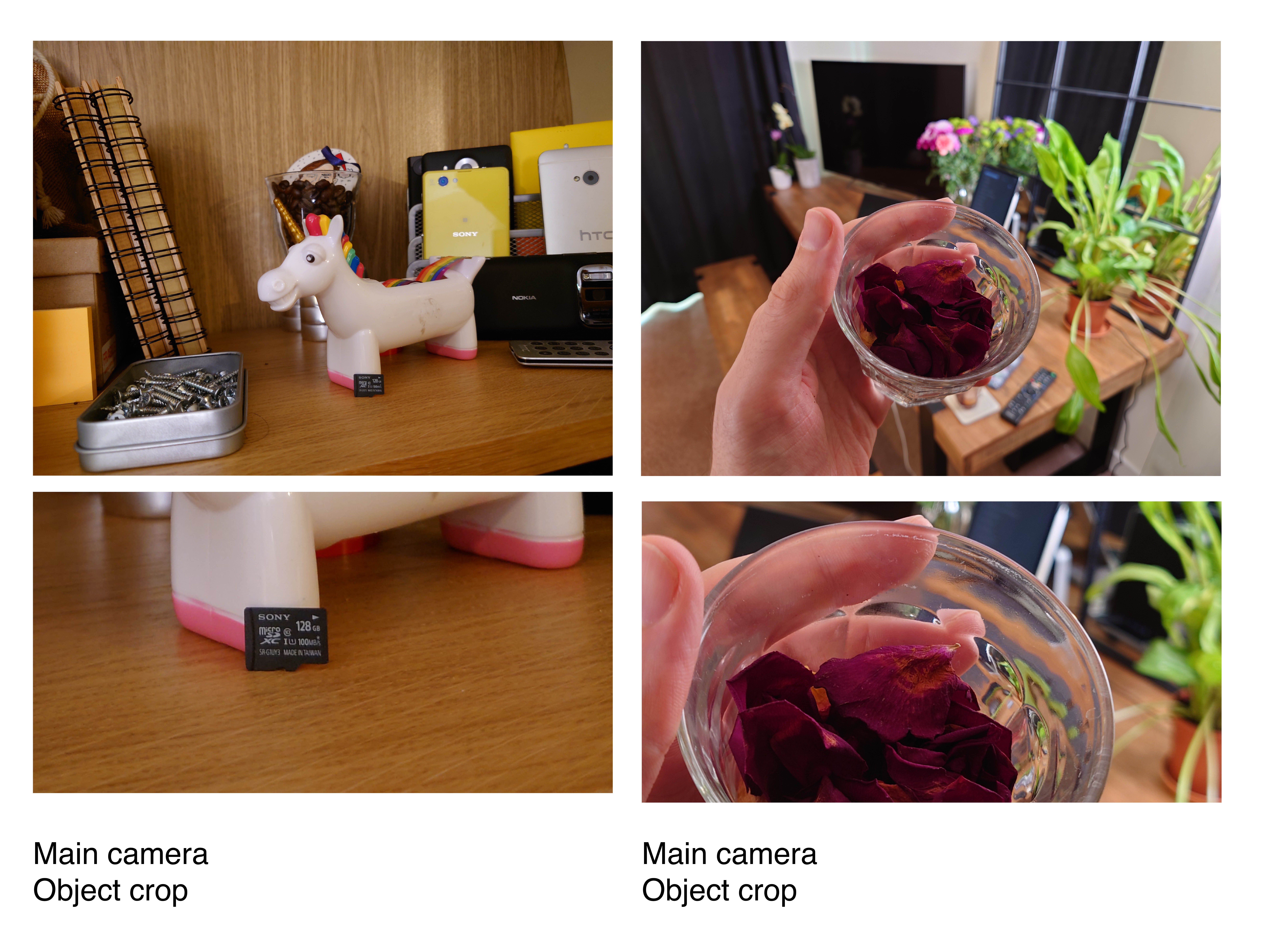
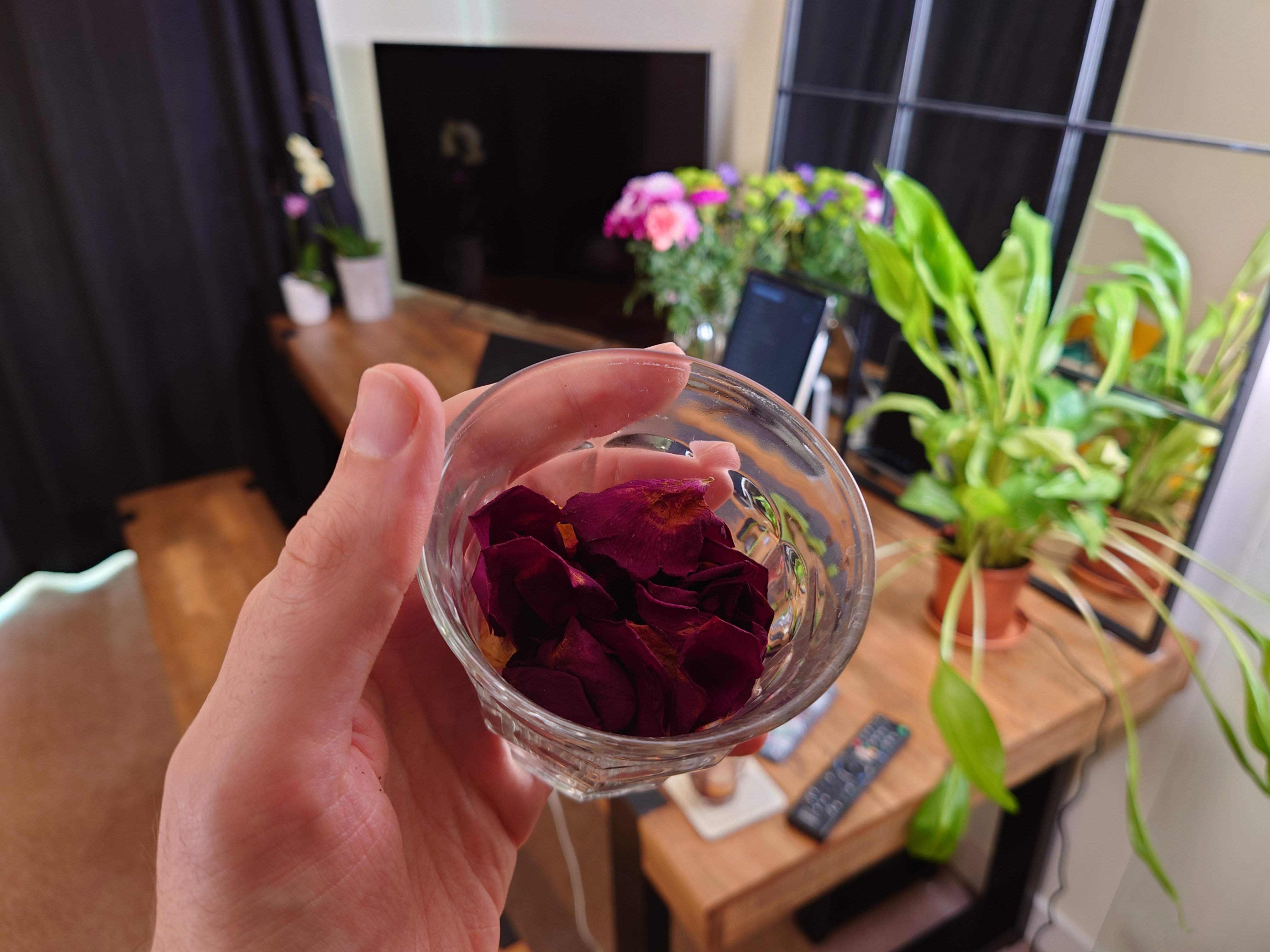
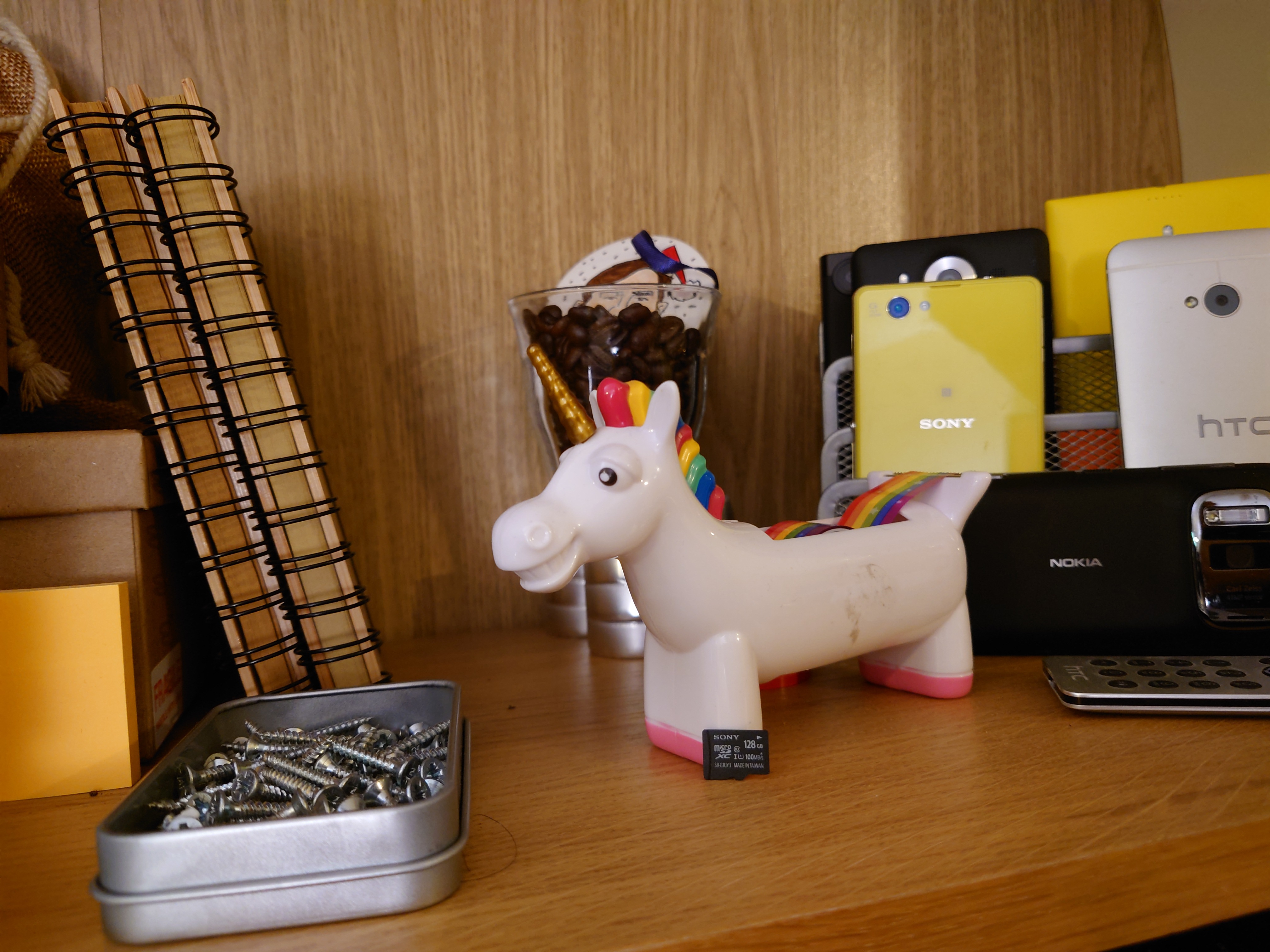
Photos from the Xperia 1 III’s main and ultrawide camera are excellent in bright environments, with strong color accuracy and detail. The telephoto cameras are both good, however, capture softer images.
Sony’s color tuning is realistic, while still being high-impact, helped along by relatively shallow depth of field achieved across all three cameras when capturing close-up subjects. Colors from the Xperia 1 III are definitely more natural than those from Apple or Samsung, for example, and discerning photographers intent on editing will likely prefer. That said, what Apple and Samsung do is salvage more information from shadows by default, making for more Instagram-ready results.
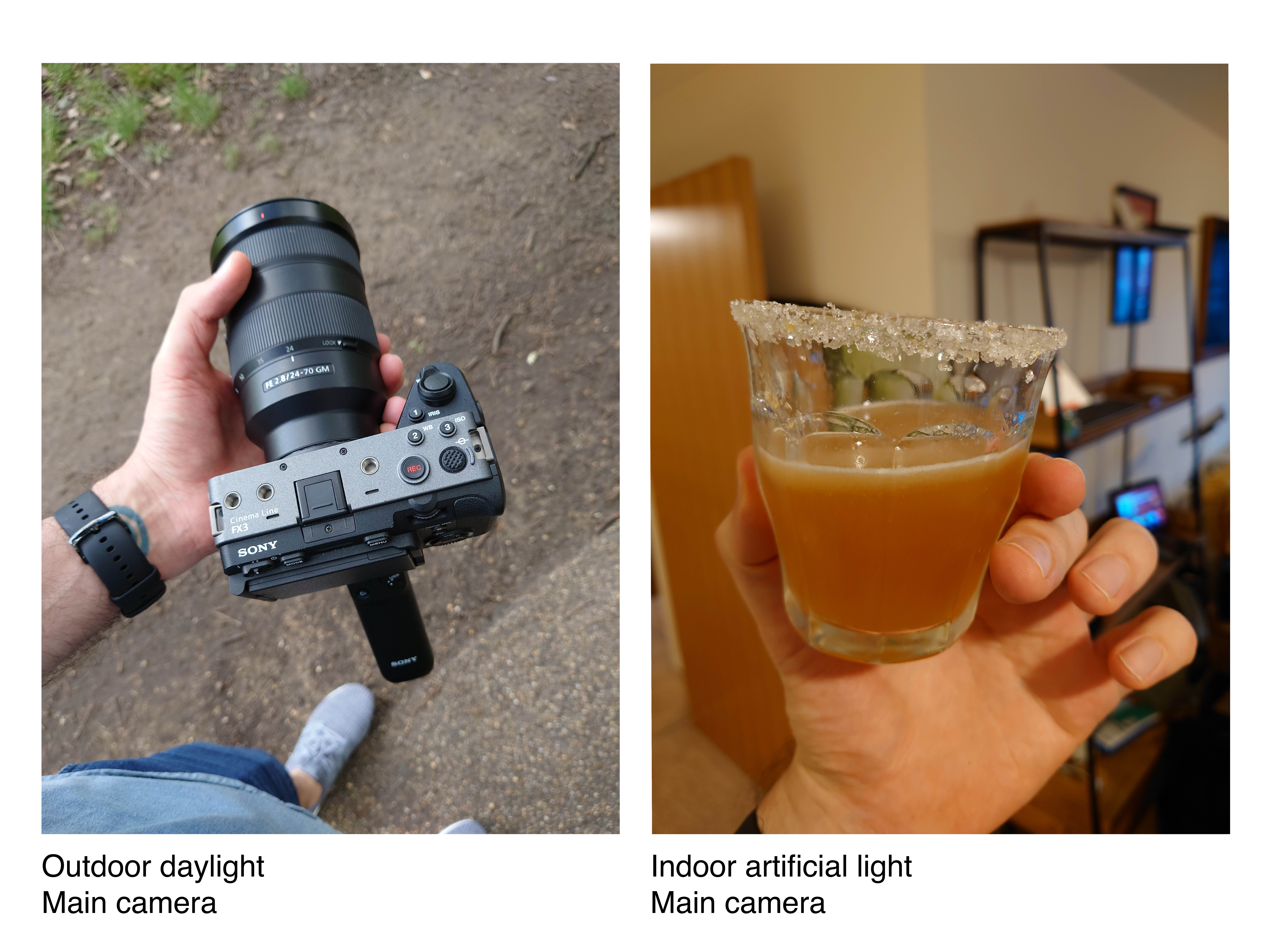
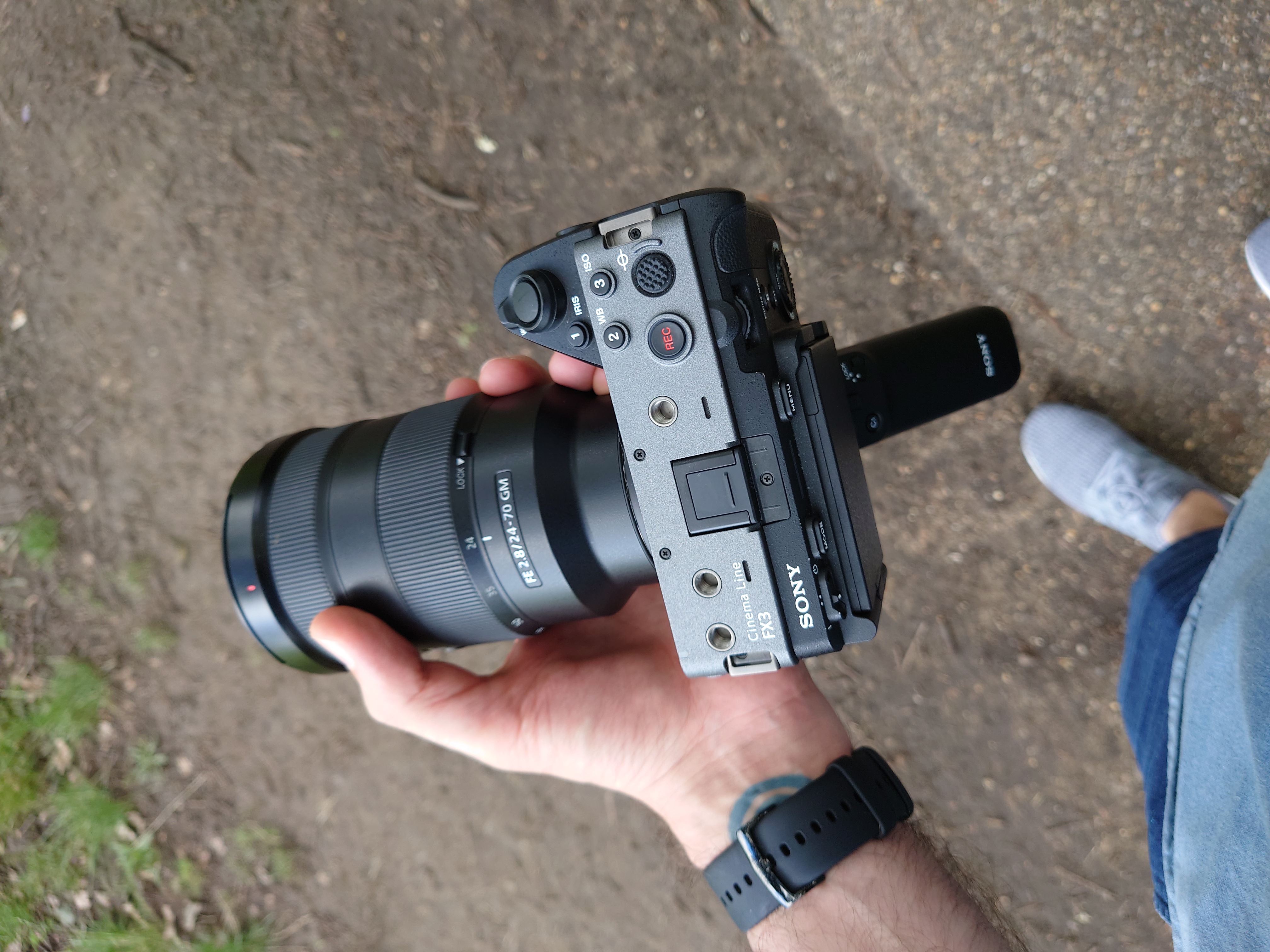
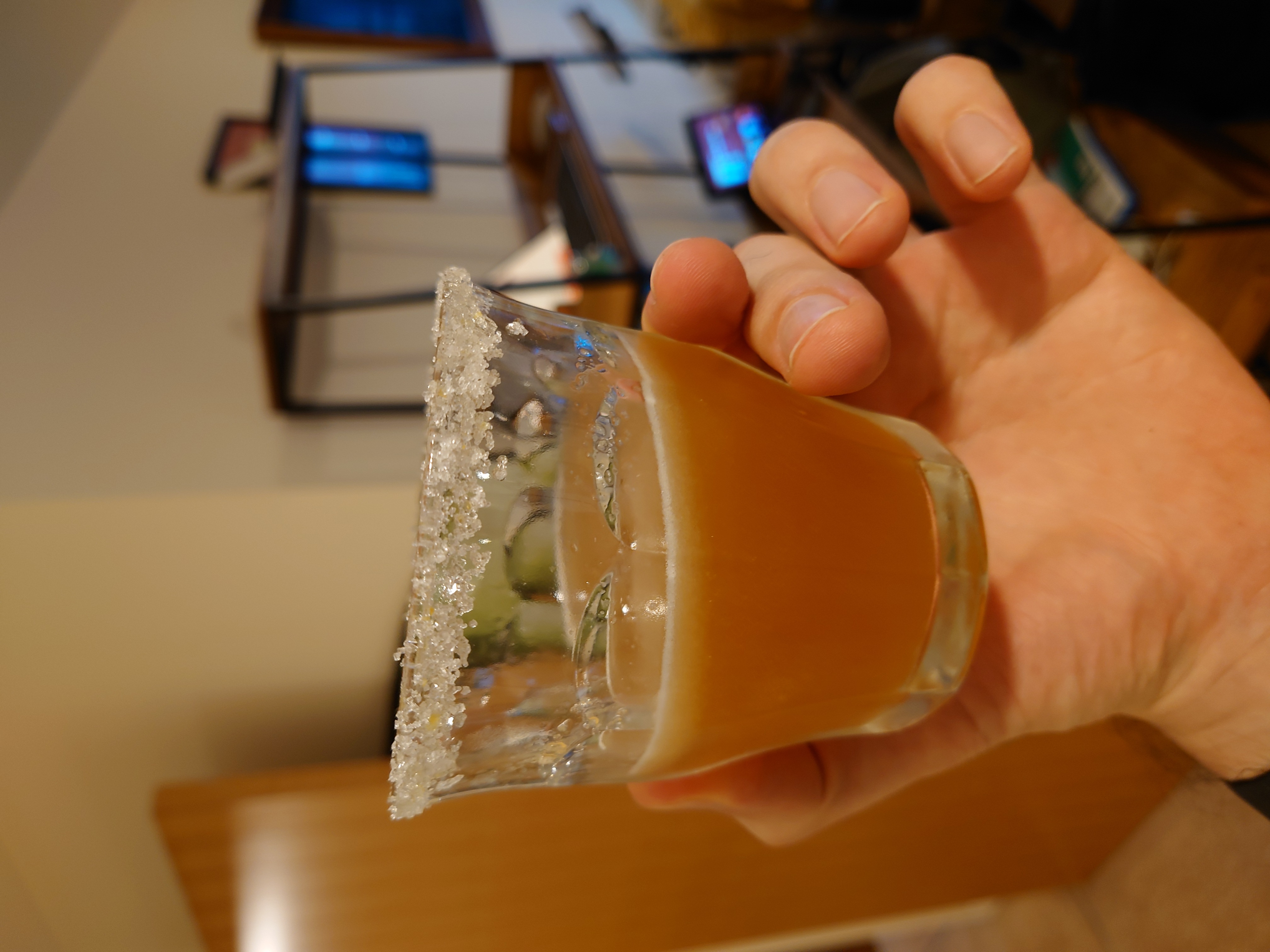
In low light, the main camera is the best of the three. There’s no night mode, but it’s able to deliver realistically dark, low-noise blacks, and handles highlights well when shooting static subjects. Moving subjects are much more of a ghostly blur, however, and colors take a hit in dim artificial lighting too, ending up with a tungsten wash more often than not. The ultra-wide camera comes in a close second, while the telephoto cameras are best avoided unless you have static subjects, or a tripod or surface, and can dive into shutter priority mode.
When it comes to video, the Xperia 1 III’s automatic mode is good, shooting at up to 4K resolution. In the Cinema Pro app, the frame rate can climb up to 120fps; however, in auto mode it’s capped at 30fps which is a letdown. Additionally, the phone's auto settings are really hesitant to ramp up exposure in video mode, and while that means grain is kept at bay, in dim scenes, you’ll end up with a black video which is worse than a grainy one. There are also a few usability issues when capturing video — no tap to focus mid-video for example.
Especially annoying for videographers, we couldn’t get our external microphone to feed in as the audio source when capturing video. We had an ECM LV1 Sony lapel mic and a Rode Wireless Go, and neither worked in Cinema Pro mode or Basic mode. That’s a real shame, forcing users to an external recorder. This is especially notable as Samsung offers audio source selection, despite a simpler visual interface. Perhaps the next frontier for Sony is sound in the Xperia 1 IV?
While the modes are exceptional for enthusiasts therefore, and the sheer quality from the cameras impresses on most occasions, the automatic modes don’t deliver class-leading results, making the Xperia 1 III an excellent imaging smartphone for those in the know, a competent video capture solution, but a camera phone that could still be better.
Sony Xperia 1 III: Additional specs
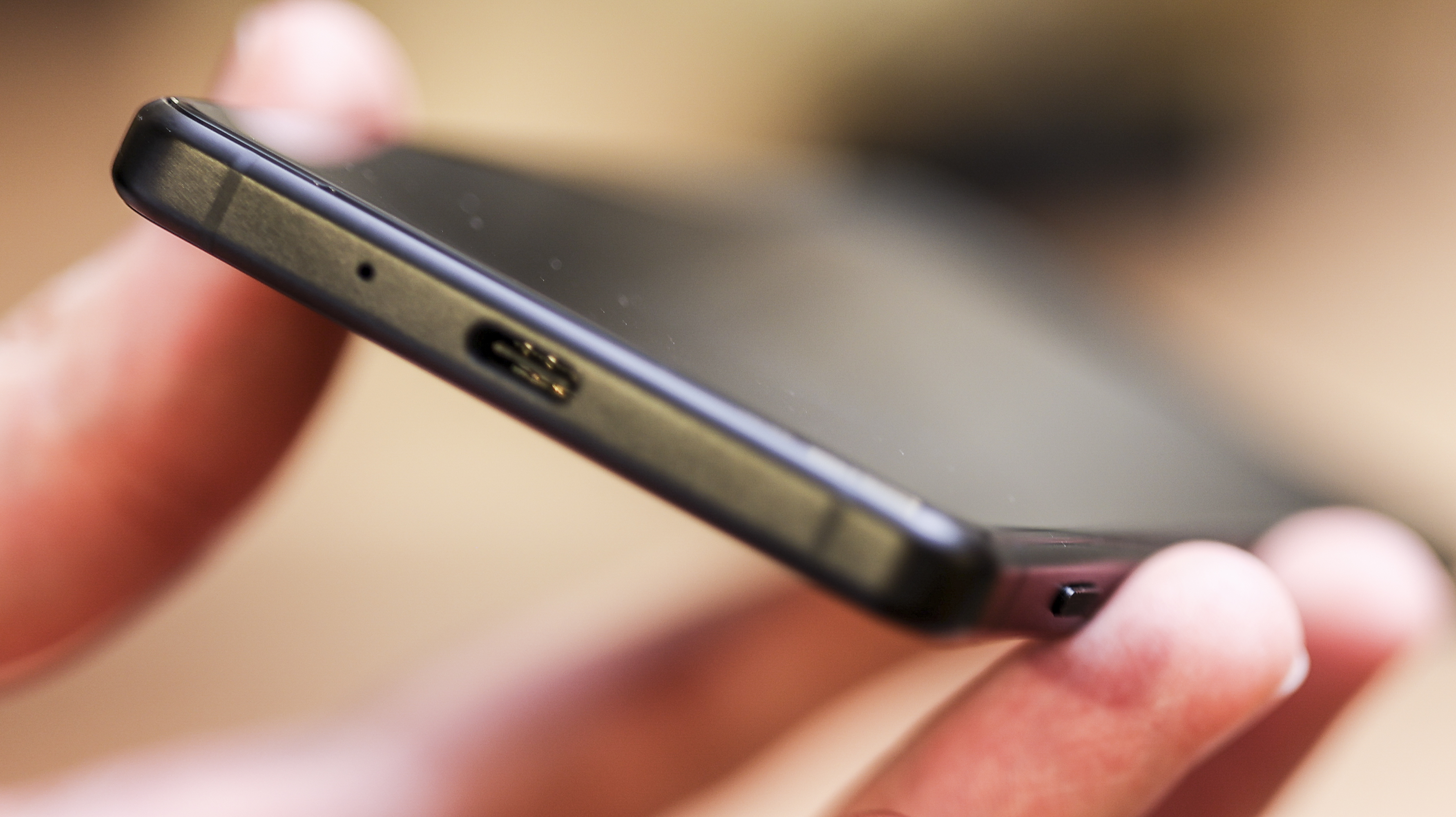
Powered by a Qualcomm Snapdragon 888 chipset, it’s no surprise that the Xperia 1 III tears through tasks with all the gusto of a gaming phone. Brand new games like Square Enix’s Trials of Mana playback at maximum performance settings for console-like graphics. The phone does get warm, but most notably when using the camera and wireless charging. In our time gaming on it, we didn’t experience uncomfortable temperatures as found on the Xiaomi Mi 11 Ultra.
Running Android 11 with Sony’s customizations lightly dusted over the top, the Xperia 1 III’s interface is clean and smooth. The phone’s Side Sense feature is back for quick shortcuts to favorite apps and functions, and generally speaking, the phone was a treat to use day-in-day-out.
With 256GB storage and a microSD card slot, Sony’s also making sure that its specs are across the board flagship, even bumping up the base RAM from 8GB on the Xperia 1 II, to 12GB this time around.
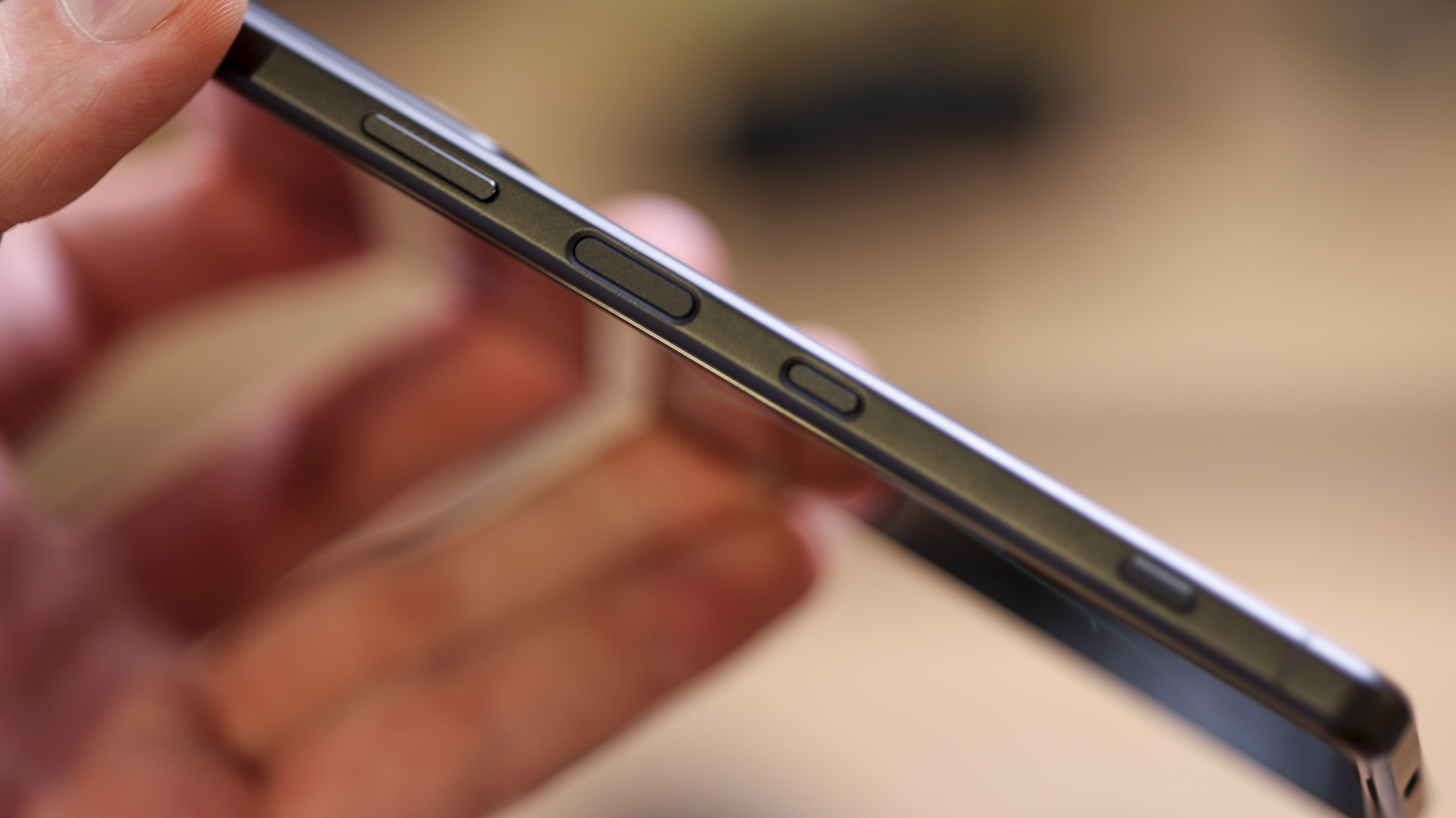
Rounding off, the phone’s 4500 mAh battery matches that of the OPPO Find X3 Pro and other top-tier 2021 flagships. The Xperia 1 III also features wireless charging too, which is welcome. While Sony historically enjoys slow-charging its phones to preserve long-term battery life, the Xperia flagship does charge at up to 30W with the supplied charger, outperforming the iPhone 12 Pro. However, it can’t hold a candle to the fast and furious charging phones coming out of China, including the Infinix Concept Phone 2021, OnePlus’s 9 Pro and the Xiaomi Mi 11 Ultra.
It’s also worth noting, the Xperia 1 III has respectable battery life, but if you plan on using it outdoors a lot on a bright day, or shooting photos or videos for an extended period, you’ll want to pack a charger. While it outperforms the Xiaomi Mi 11 Ultra's battery, it can’t stack up to the OnePlus 9 Pro.
Sony Xperia 1 III: Verdict

The Xperia 1 III is a clear step up when compared to its predecessor. It’s a beautifully designed phone that doesn’t pack a notch, does have killer speakers and a headphone jack, and combines everything it can do with a stunning screen, even if it could do with being brighter.
The phone’s camera system is exceptional in its technology — Sony gives us a periscope camera with a variable focal length, something unseen on any flagship to date. That said, capping out at 4.4x equivalent zoom, the Xperia 1 III’s periscope camera isn’t the mightiest, with phones like the Huawei P40 Pro Plus and Samsung Galaxy S21 Ultra peaking at 10x equivalent zoom.
Despite zoom shortcomings though, thanks to the Photography Pro camera UI, the range of manual modes and customizations, not to mention the familiar Sony interface, it’s still an excellent stills capture device. In turn, there’s a place for the phone in a photography purist’s pocket — especially if that purist is a Sony fan.
The Xperia 1 III’s photo muscles definitely out flex its video capabilities, even with the customizable Cinema Pro interface.
As for the rest of the phone, it’s all very flagship. Tonnes of power, storage, and a smart UI that flies. The Xperia 1 III is an expensive phone, and it won’t be for everyone, which has been the case with Sony phones of old. That said, given main strengths are linked to its pro-photography, from ergonomics through to interface, Digital Camera World readers are likely the audience most likely to appreciate all the things it can do. We certainly did in our time with it.
Read more
Best camera phone in 2021
Best 5G phone
Best Sony phone
Best iPhone for photography
Best fold phone
Best camera for TikTok
Best TikTok lights
Best student laptop
Basil Kronfli is a freelance technology journalist, consultant, and content creator. He trained in graphic design and started his career at Canon Europe before moving into journalism. Basil is also experienced in video production, independently running the YouTube channel TechEdit, and during his time at Future, he worked alongside the Digital Camera World team as a senior video producer.
